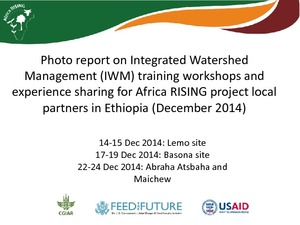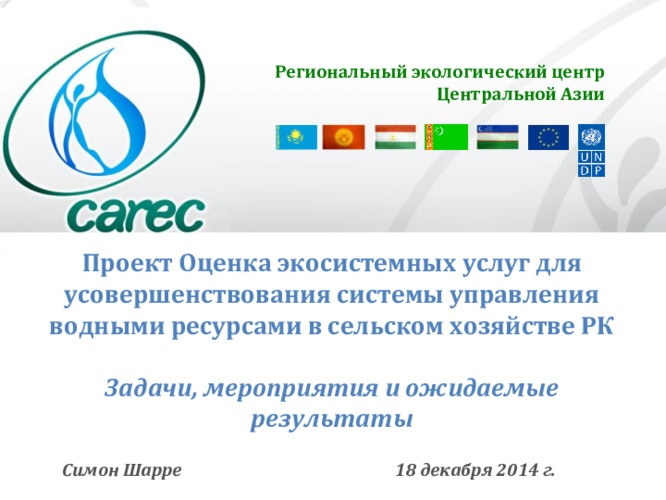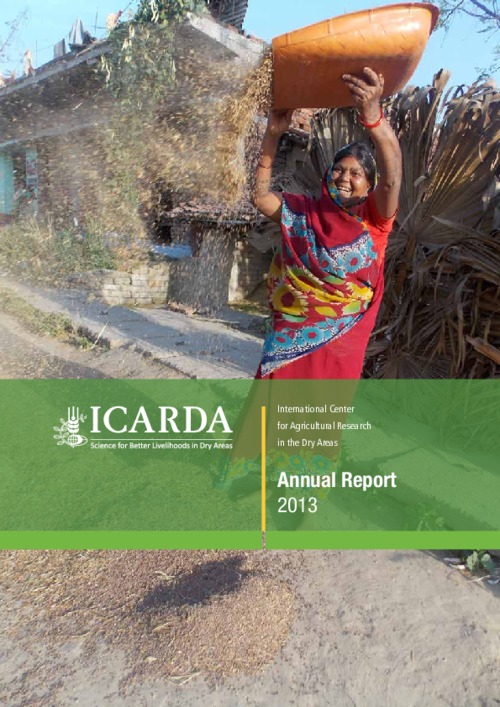Wetting and drying: reducing greenhouse gas emissions and saving water from rice production
A sustainable food future will require reductions in greenhouse gas emissions from agriculture even as the world produces substantially more food. The production of rice, the staple crop for the majority of the world’s population, emits large quantities of methane, a potent greenhouse gas. According to various governments, global rice production emits 500 million tons of greenhouse gases (carbon dioxide equivalent) per year—or at least 10 percent of total agricultural emissions.








